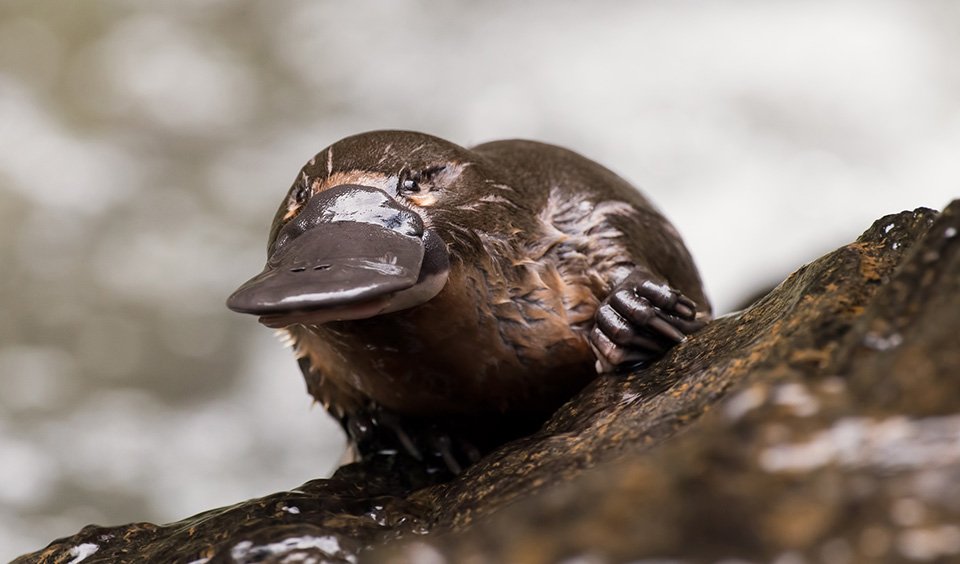

(Related: " Platypus genome reveals secrets of mammalian evolution.") And rigorous research into platypus populations is spotty both geographically and historically.
Are platypus endangered full#
Though it may seem surprising that such intense hunting didn’t seem to lead to drastic declines, Hawke says we weren’t getting the full picture.įor one, it’s hard to say how much a species has declined without a solid idea of how many animals there used to be. That’s why, in that state, the platypus is listed as endangered, but it’s not covered under any federal threatened species legislation. The animals continued to be seen in the same watersheds, with the exception of severe losses in South Australia. “There was one particular record that we found that suggested a single furrier had sold 29,000 platypus skins,” Hawke says. When Europeans came to Australia in the 17th century, platypuses became a favorite of fur traders for their soft, waterproof skins, and business boomed for centuries until hunting was outlawed in the early 20th century. And we’ve only begun to discover its wealth of secrets, from life-saving antibiotics in its milk to potential diabetes cures in its venom. Not only is the platypus an important freshwater carnivore, it is an evolutionary gem, one of the last remaining monotremes-or egg-laying mammals-left on Earth.

Over time, everyone forgot how many there used to be, so they just assumed the numbers hadn’t changed much-a phenomenon known in ecology as a shifting baseline.

But mostly, declines seem to have missed because the animals were considered common enough that no one kept tabs on them. How did such losses slip below the radar? Part of the reason is platypuses are shy, nocturnal creatures that are difficult to find and count, so not seeing them doesn’t stand out as strange. “I wouldn't be surprised if the numbers have halved or even more.” “There isn't a ton of great data, but the data we have suggests that our estimate of where that baseline is wrong,” says co-author Gilad Bino, a research fellow at the University of New South Wales. Now, some scientists think that’s an understatement. When the IUCN reassessed the platypus in 2016, the group estimated that populations have dropped by about 30 percent on average overall since Europeans arrived-enough to elevate the animal’s status to “near threatened.” “We’ve been monitoring platypus since 1995,” explains Tiana Preston, an environmental water resources planner for the Victoria state agency Melbourne Water, “and the decline is certainly evident.” ( Read more about how the venomous, egg-laying platypus evolved.) Then, as more and more data from long-term monitoring programs set up in the 1980s and ‘90s trickled in, the perception of the ever-stalwart platypus began to dim. Some scientists started sounding alarms of the platypus’ decline as early as the 1980s, but their warnings fell on deaf ears. Hawke co-authored a new study that surveyed centuries of historical data and suggests the platypus-found in rivers and streams throughout eastern Australia and Tasmania-has been plummeting in number, due to hunting, habitat loss, and climate change. “We have a huge area across the range of the platypus where we literally don't know if they're even there or in what numbers if they are.”


 0 kommentar(er)
0 kommentar(er)
